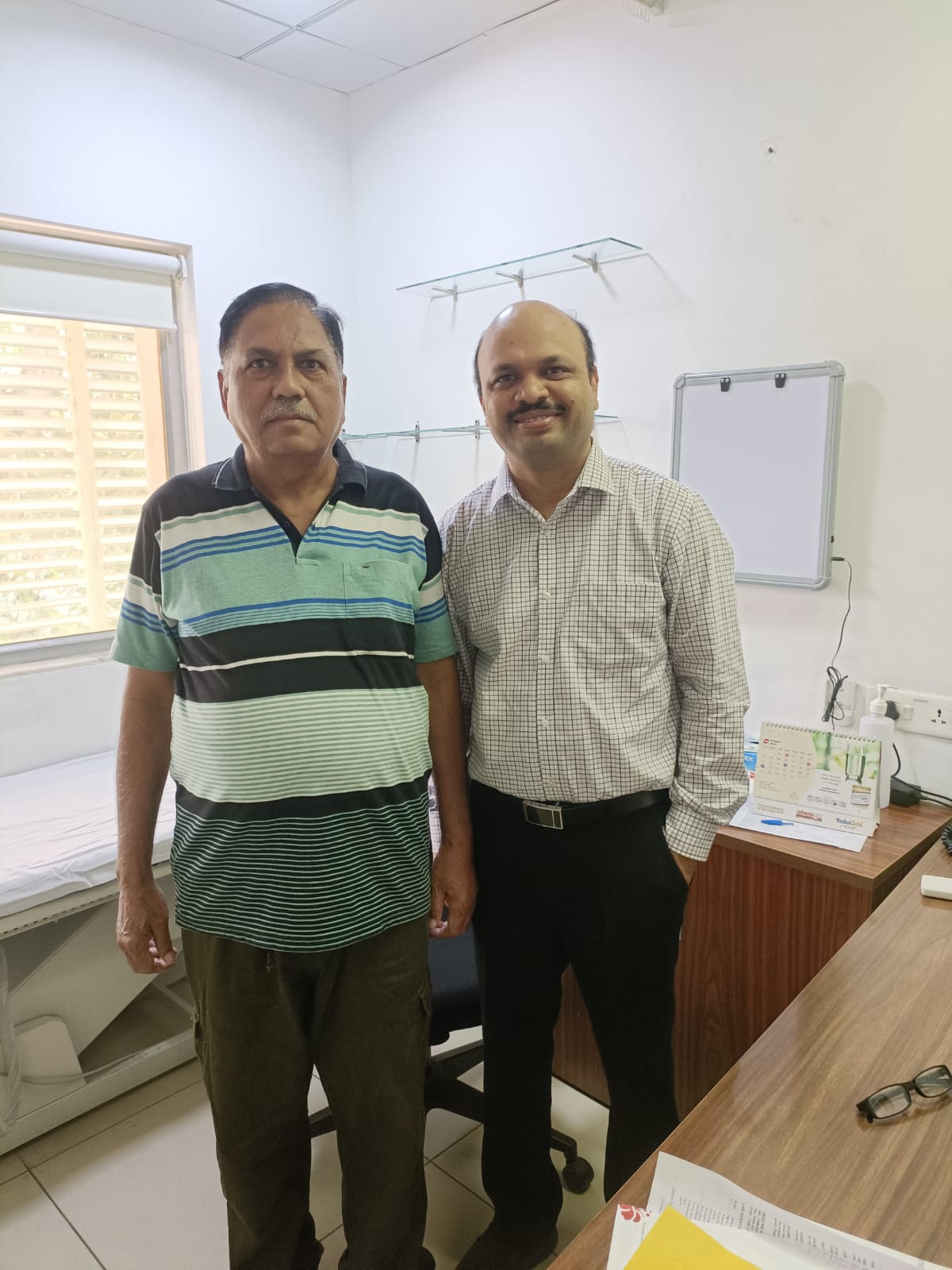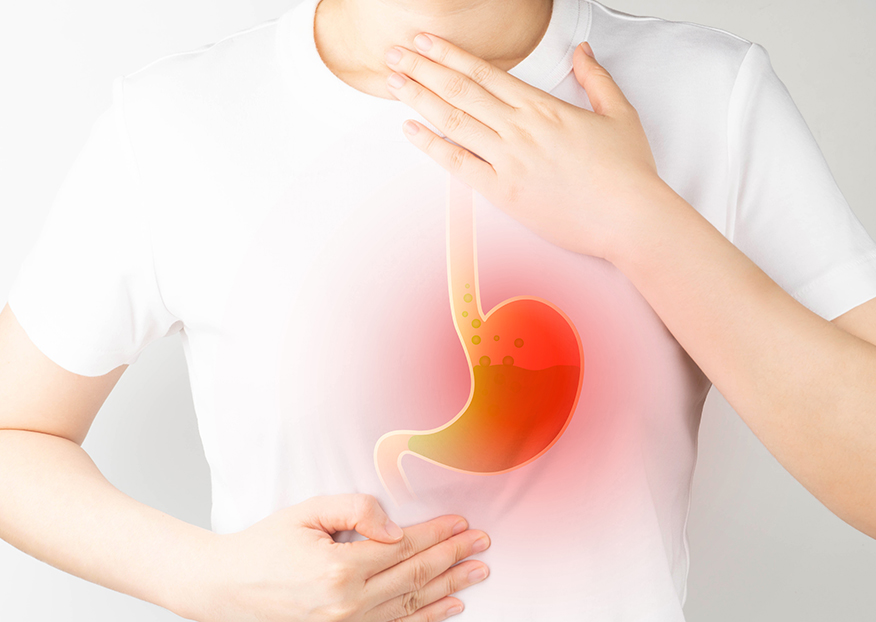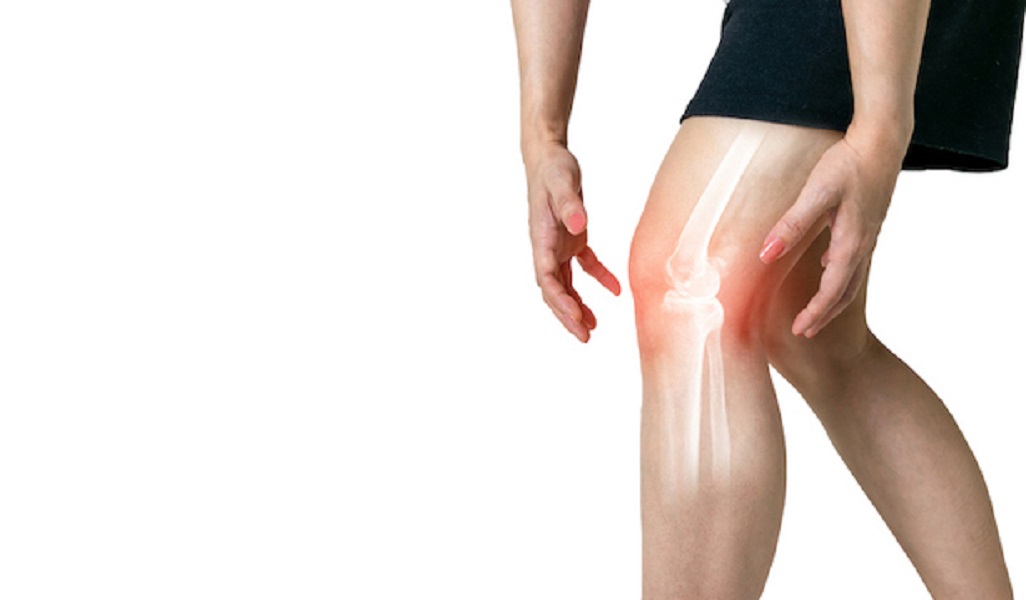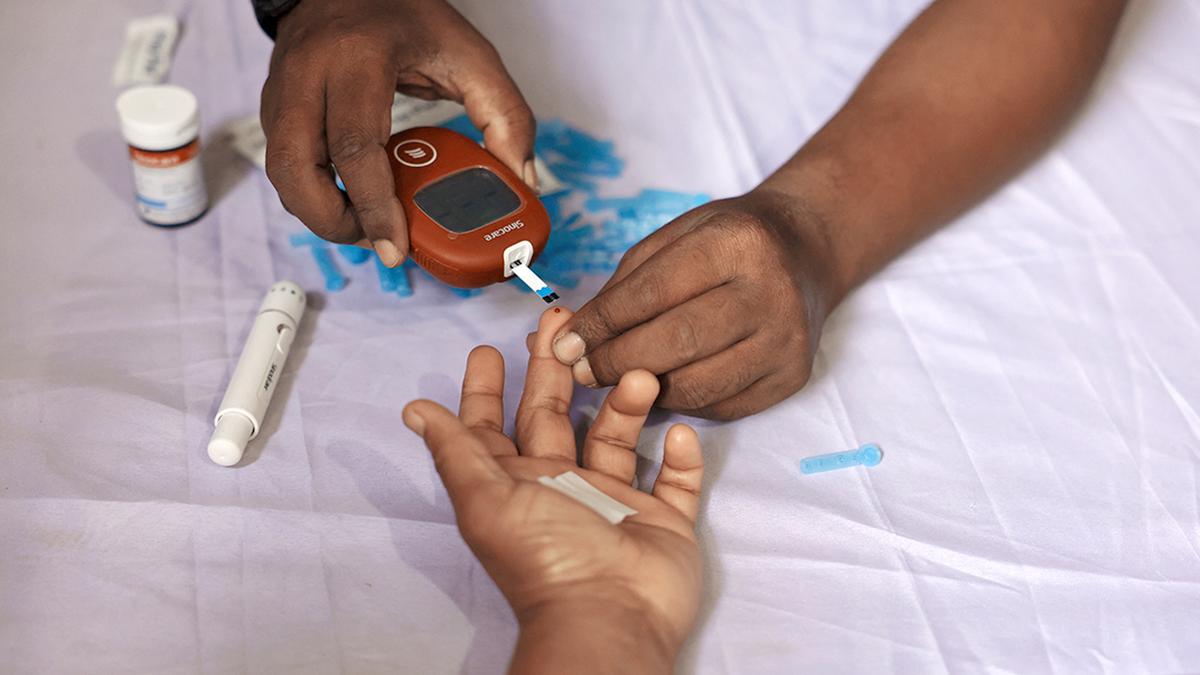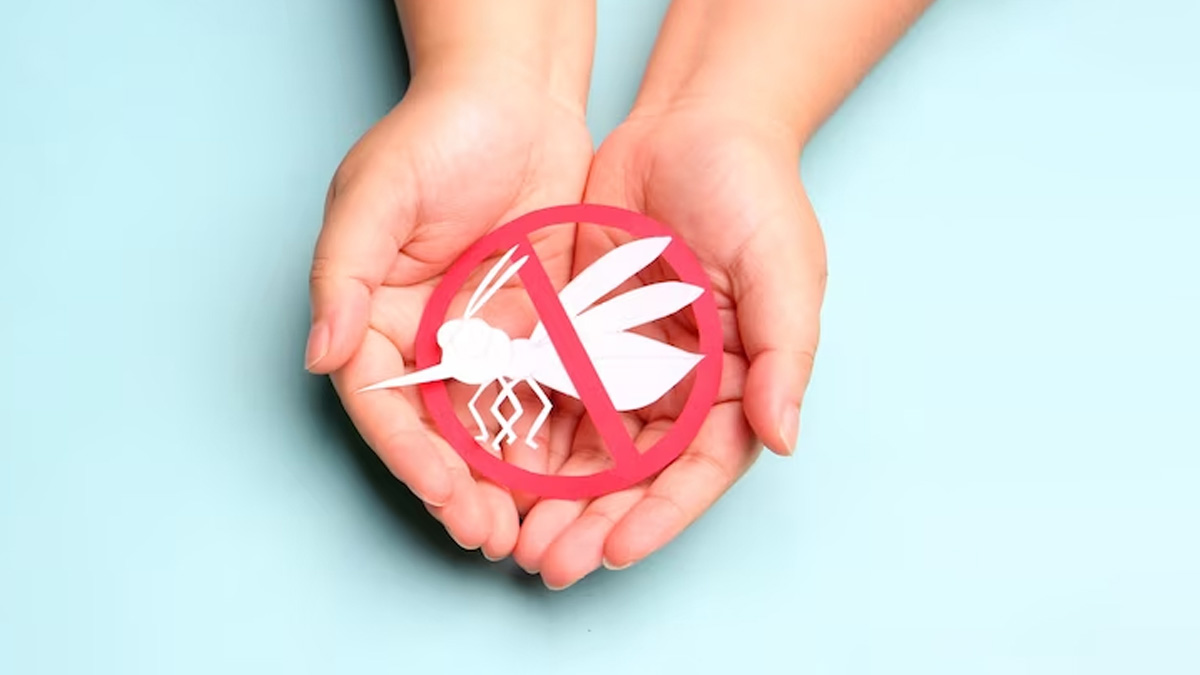In a move to address the rising burden of non-communicable diseases (NCDs) fueled by unhealthy diets, the Indian Council of Medical Research (ICMR) has released 17 dietary guidelines aimed at promoting better nutrition and preventing obesity, diabetes, and heart diseases.
The National Institute of Nutrition (NIN), under the ICMR, highlighted that unhealthy diets and sedentary lifestyles contribute significantly to coronary heart disease (CHD), hypertension (HTN), and type 2 diabetes, which can be prevented by adopting healthier dietary practices and engaging in regular physical activity.
According to estimates, more than half (56.4%) of India's disease burden stems from poor dietary habits, such as the consumption of processed foods high in sugars and fats, coupled with reduced physical activity. These factors exacerbate issues related to micronutrient deficiencies, overweight, and obesity.
To combat these health challenges, the NIN has outlined a set of practical dietary recommendations that emphasize moderation in salt, oil, and sugar intake, alongside regular physical exercise and the inclusion of diverse nutrient-rich foods.
The Dietary Guidelines for Indians (DGIs), drafted by a team of experts led by Dr. Hemalatha R, Director of ICMR-NIN, showcased the importance of making informed food choices, promoting food diversity, and ensuring the availability of nutrient-rich foods to tackle malnutrition in all its forms.
Dr. Rajiv Bahl, Director General of ICMR, emphasized the relevance of these guidelines in addressing the evolving food landscape in India, with a focus on food safety, minimal processing, and the importance of physical activity to promote holistic nutrition and health.
Key Recommendations from the Dietary Guidelines:
1. Balanced Diet Composition: A balanced diet should derive no more than 45% of calories from cereals and millets, with up to 15% of calories from pulses, beans, and meat. The remainder should come from nuts, vegetables, fruits, and milk to ensure adequate intake of essential nutrients.
2. Diversification of Food Choices: Encourage the consumption of a variety of foods to ensure a wide range of nutrients, addressing potential deficiencies associated with limited food diversity.
3. Moderation in Salt, Oil, and Sugar: Limit the intake of salt, oils, and sugars in the diet to prevent hypertension, obesity, and other related health issues.
4. Physical Activity: Promote regular physical activity to complement dietary improvements and support overall health and well-being.
The guidelines acknowledge the challenges posed by limited availability and affordability of certain nutrient-rich foods like pulses and meat, which contribute to inadequate intake of essential nutrients among a significant portion of the population.
To address the issue of poor nutrient intake, especially among children, the guidelines stress the importance of diversifying food sources and adopting healthier dietary patterns from a young age. Essential nutrients play a crucial role in metabolic processes and can mitigate the risk of insulin resistance and associated disorders later in life.
In conclusion, adopting the recommended dietary guidelines is essential to combatting the growing burden of NCDs in India. By promoting healthier dietary practices, improving food accessibility, and encouraging regular physical activity, individuals can achieve better overall health and reduce the risk of diet-related diseases.

 To address the issue of poor nutrient intake, especially among children, the guidelines stress the importance of diversifying food sources and adopting healthier dietary patterns from a young age.
To address the issue of poor nutrient intake, especially among children, the guidelines stress the importance of diversifying food sources and adopting healthier dietary patterns from a young age.









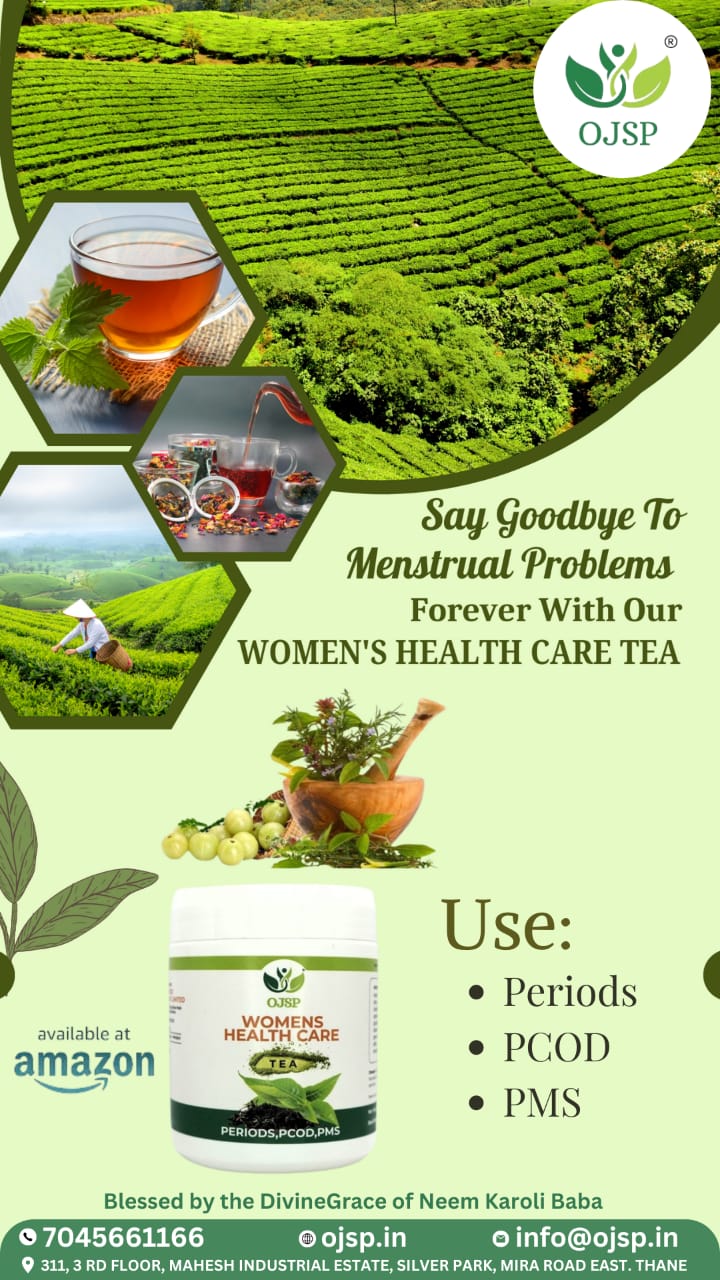
.jpeg)
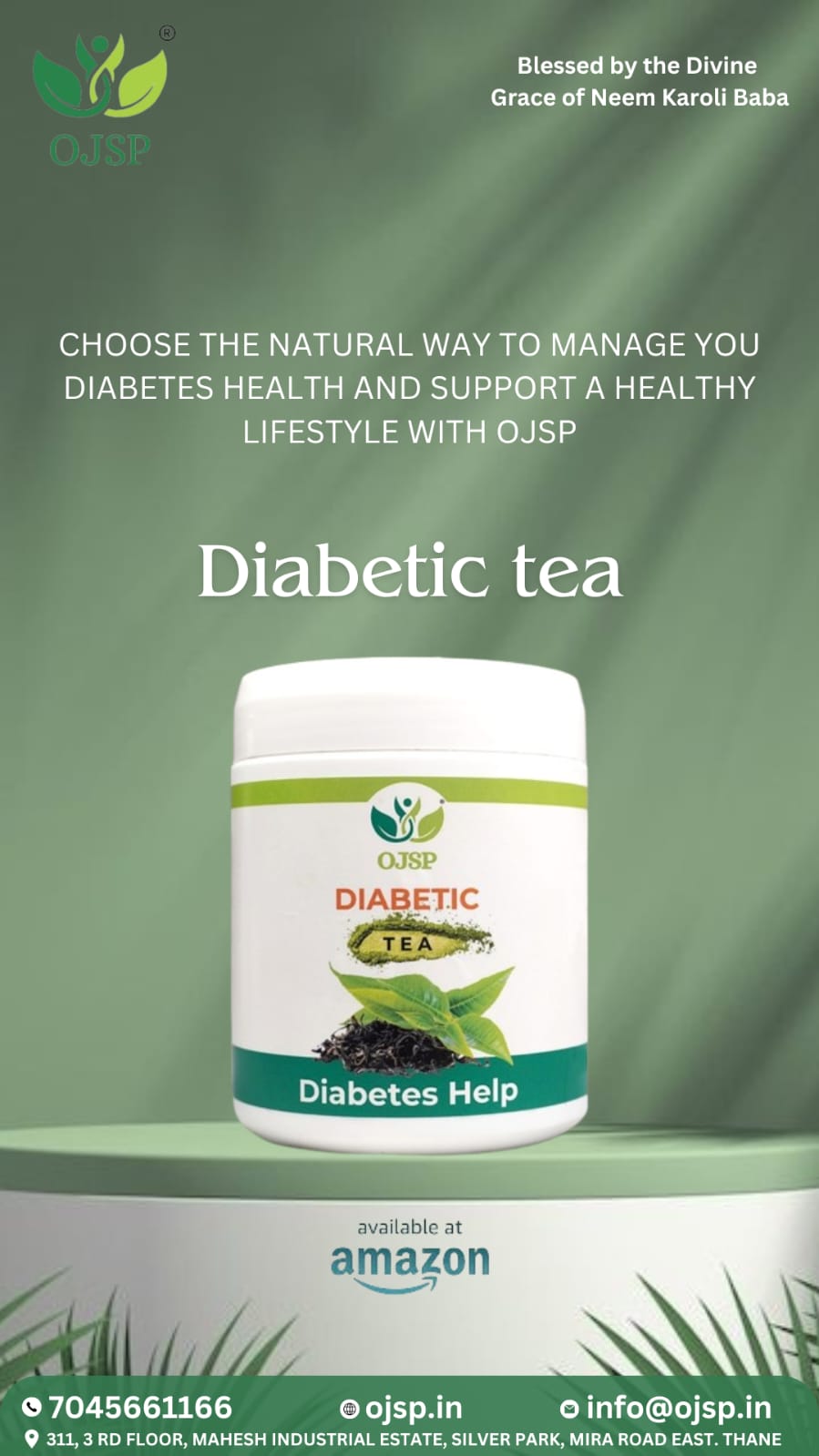

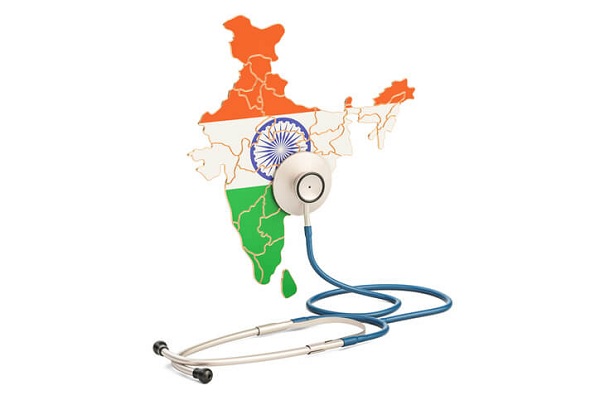




.jpeg)

.jpg)

